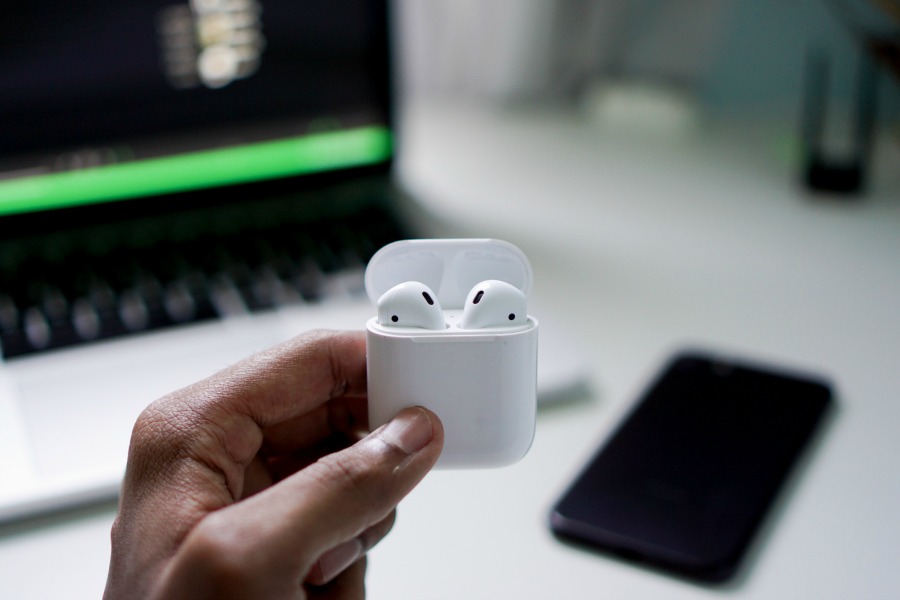We’ve already told you how dirty your phone probably is right now. So now, we’re going to gross you out a little more by telling you that your AirPods are probably pretty dirty too. If you’re on a bit of a disinfecting tear, we suggest adding your AirPods into your frenzy. Don’t worry, it won’t take you long, so you can get back to wiping fingerprints off your iPhone.
To clean your AirPods, you’ll need a few supplies, including a soft, preferably lint-free cloth of some kind, some cotton swabs, and a little bit of rubbing alcohol. You do not want to run your AirPods or AirPods Pro (for that matter) under water. That seems like an obvious statement, but hey, we’re just going to put that here anyway.
Related: How to keep your phone clean during cold and flu season
– For a simple cleaning, just use a slightly dampened cloth to wipe them, then dry with that dry cloth we mentioned above. You’ll want to be sure that they’re completely dry before putting them back in the charging case, so leave them out a bit before you pop them back in again.
– For the microphone and speaker meshes, just use a dry cotton swab. If you think you need to scrape things (aka wax) out, Cult of Mac recommends the SIM removal tool that came with your phone. The folks at Apple say not to use any sharp objects or abrasive materials to clean them, so we’ll let you make that decision.
– For those of you with AirPods Pro, you can pull the ear tips off and rinse them in water (no soap!), and dry them with a cloth, making sure they are completely dry before you put them back on.
Related: How to spring clean your gadgets (aka disinfect the heck out of them)
– If you want to actually disinfect your AirPods, very lightly dampen a cotton swab with rubbing alcohol and clean. Again, you’ll want to leave your AirPods out of their case until they are dry.
And don’t forget about your AirPods case: You can use a dry, soft-bristled brush (old toothbrush, perhaps?) to remove anything from the Lightning connector, but do not use anything abrasive or put anything inside the ports.







